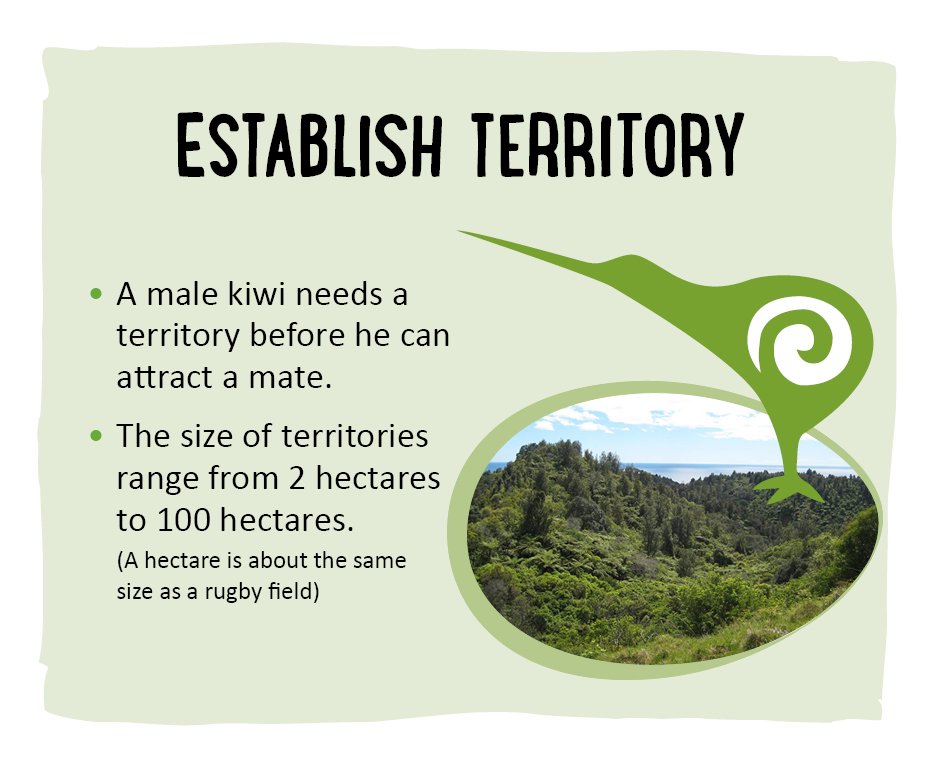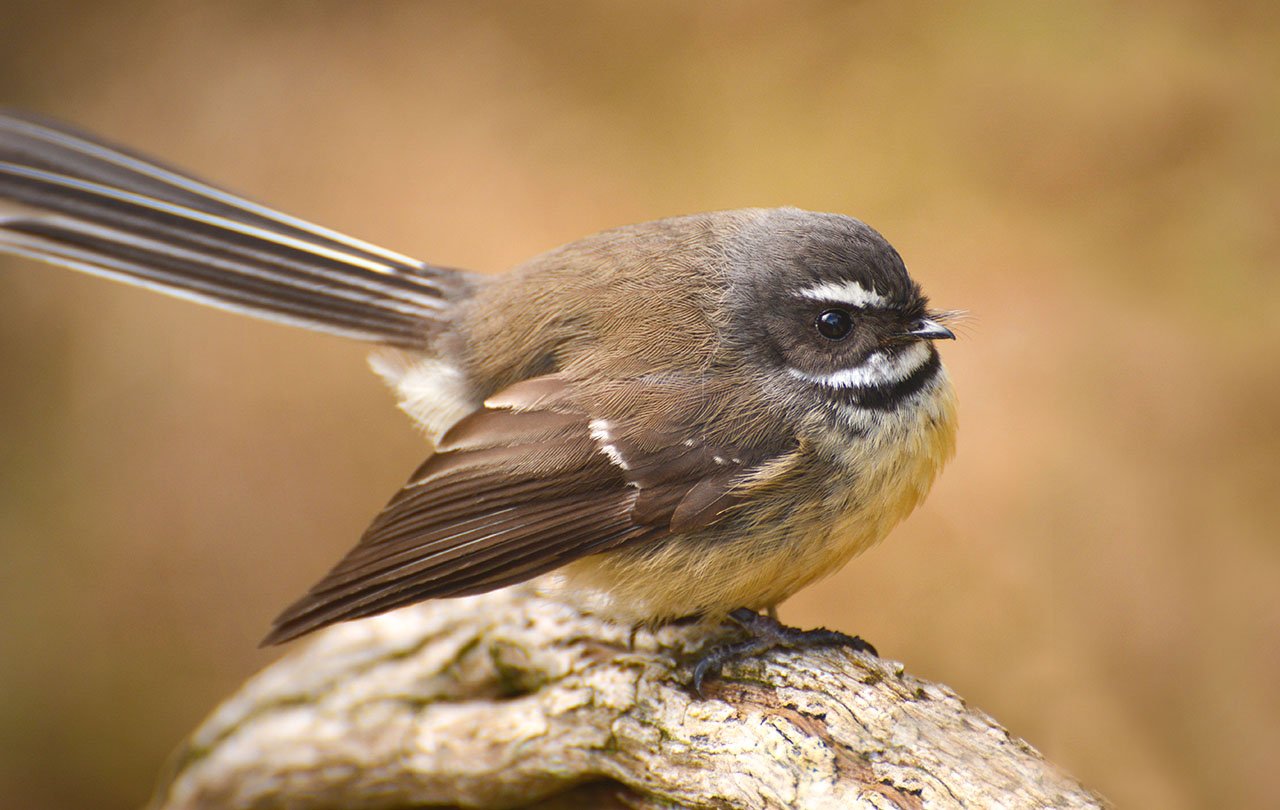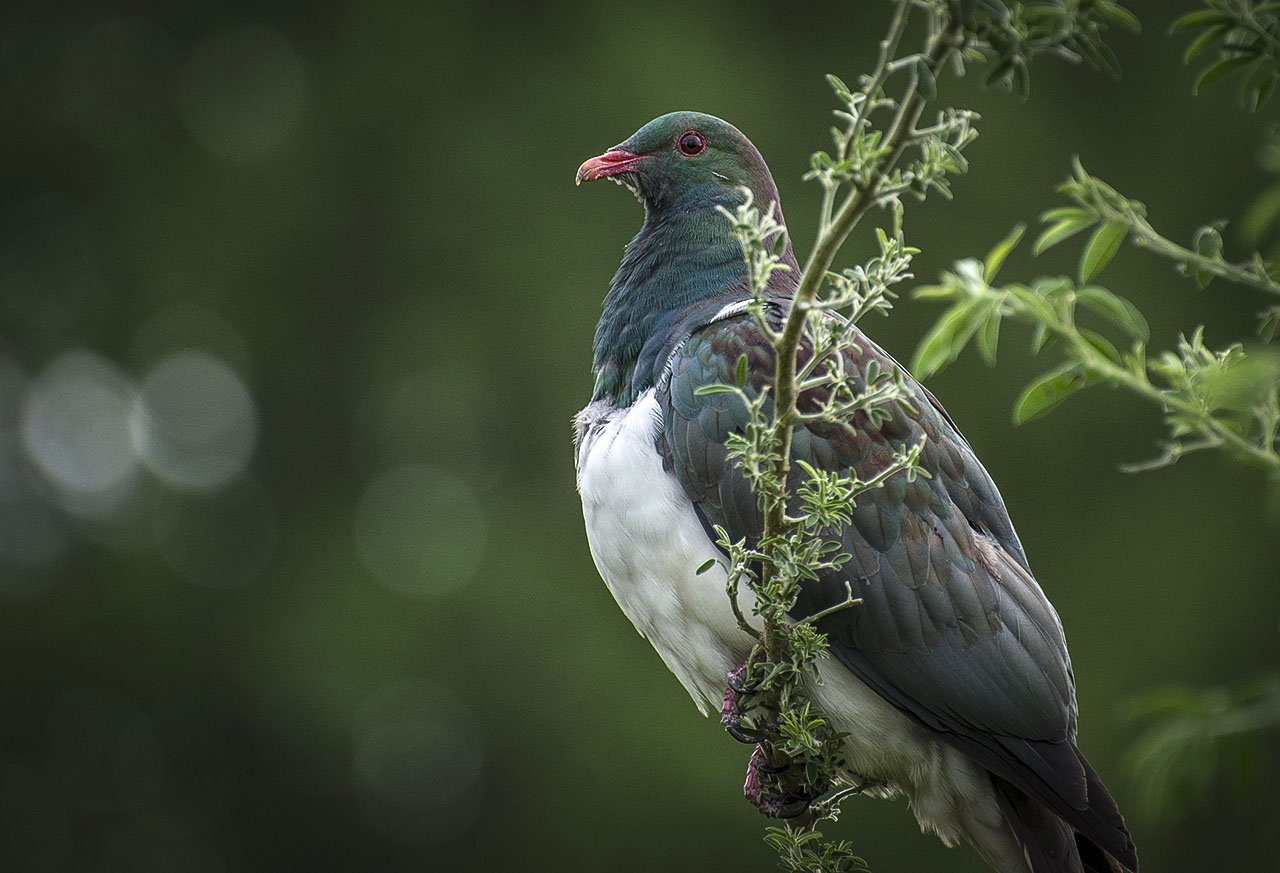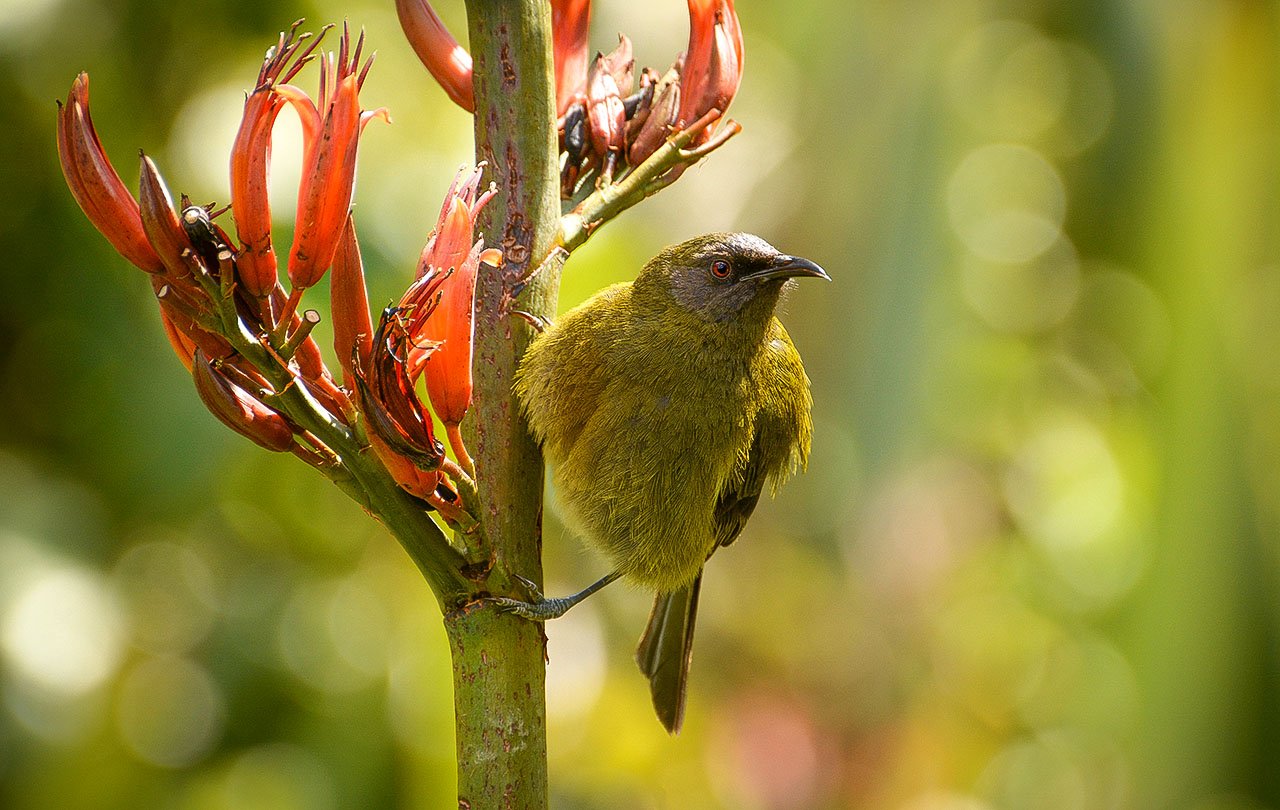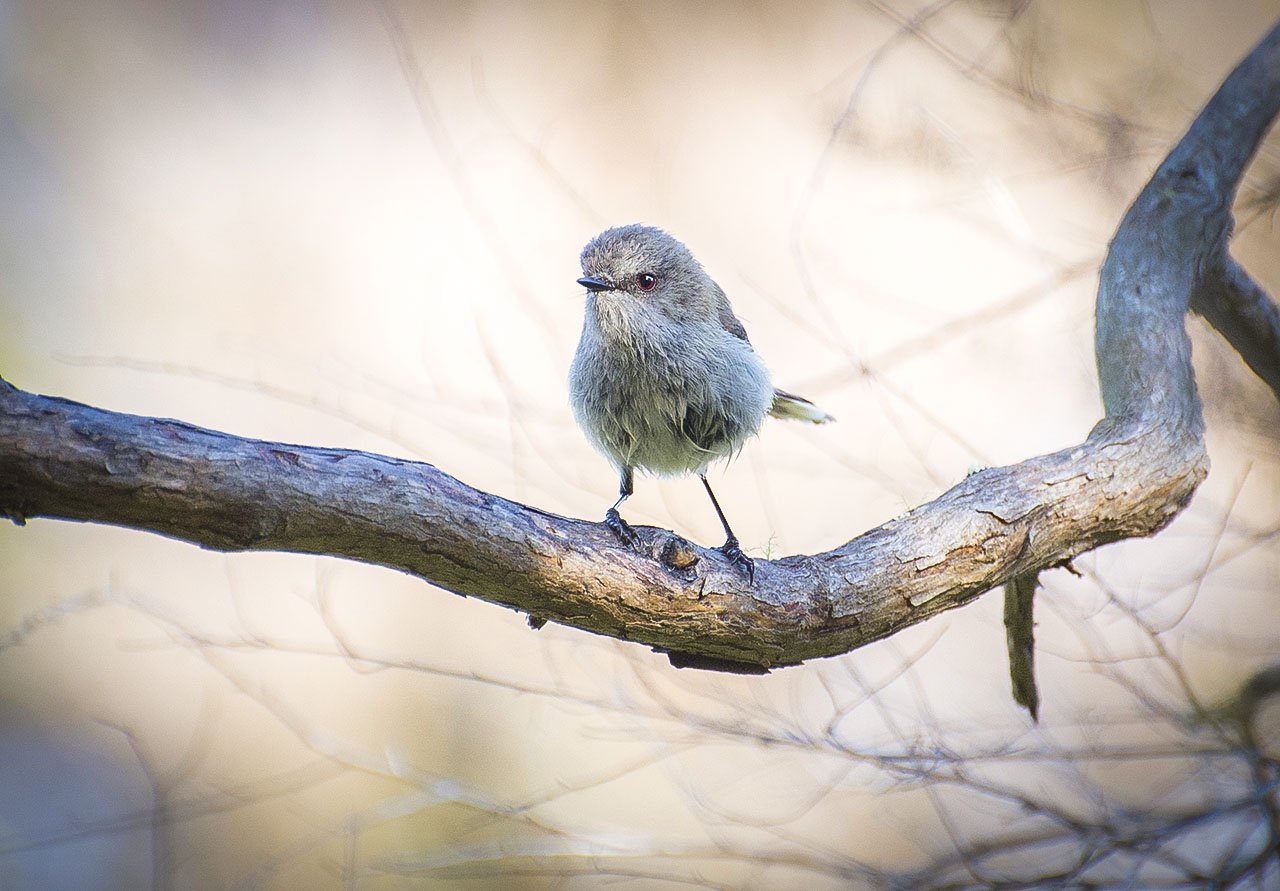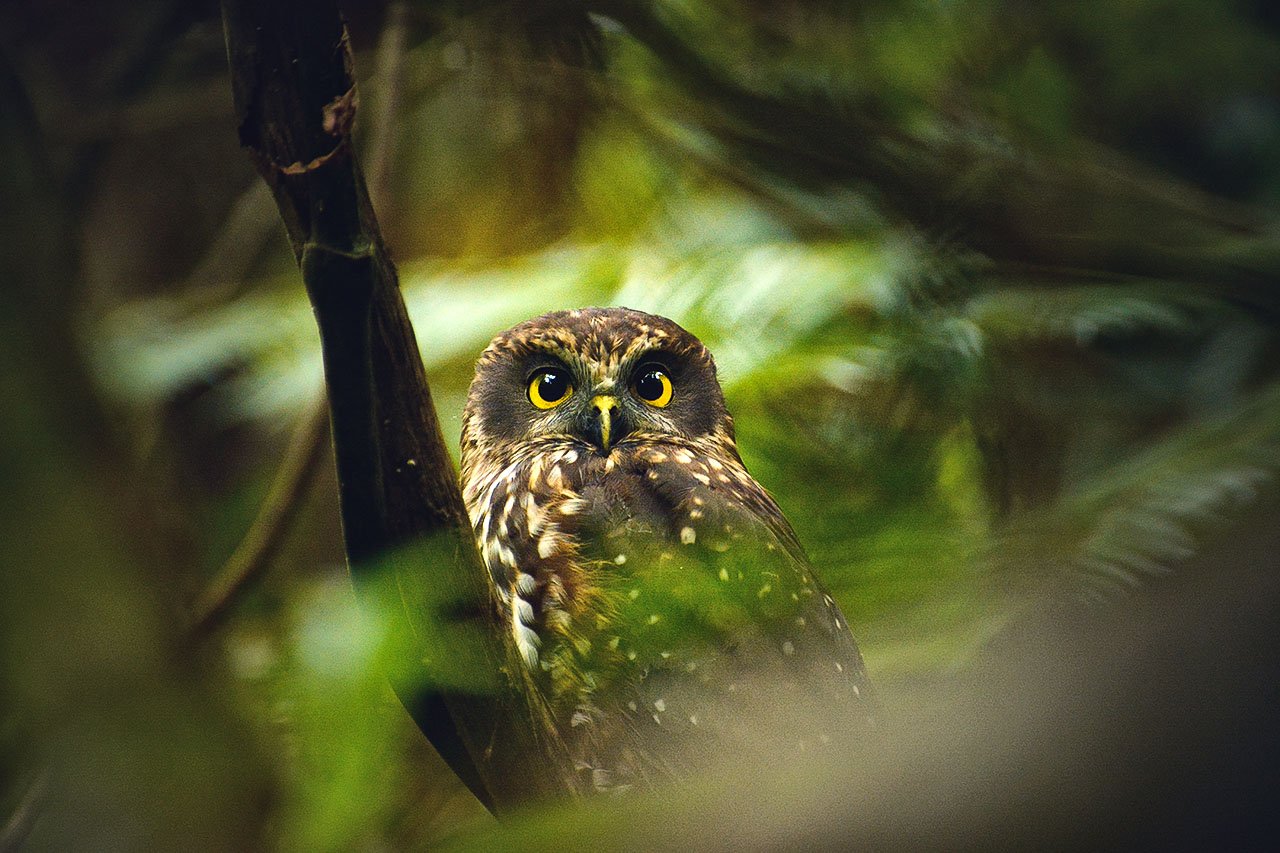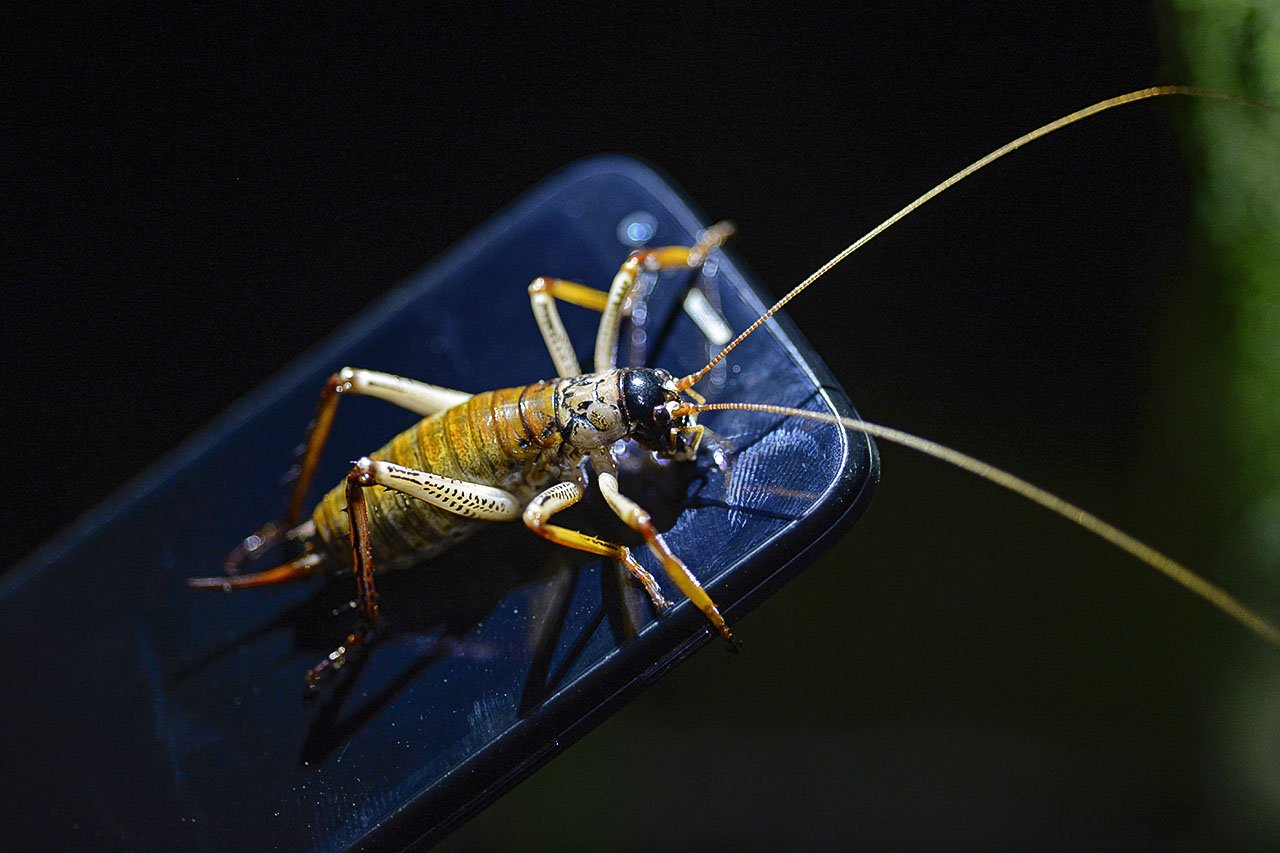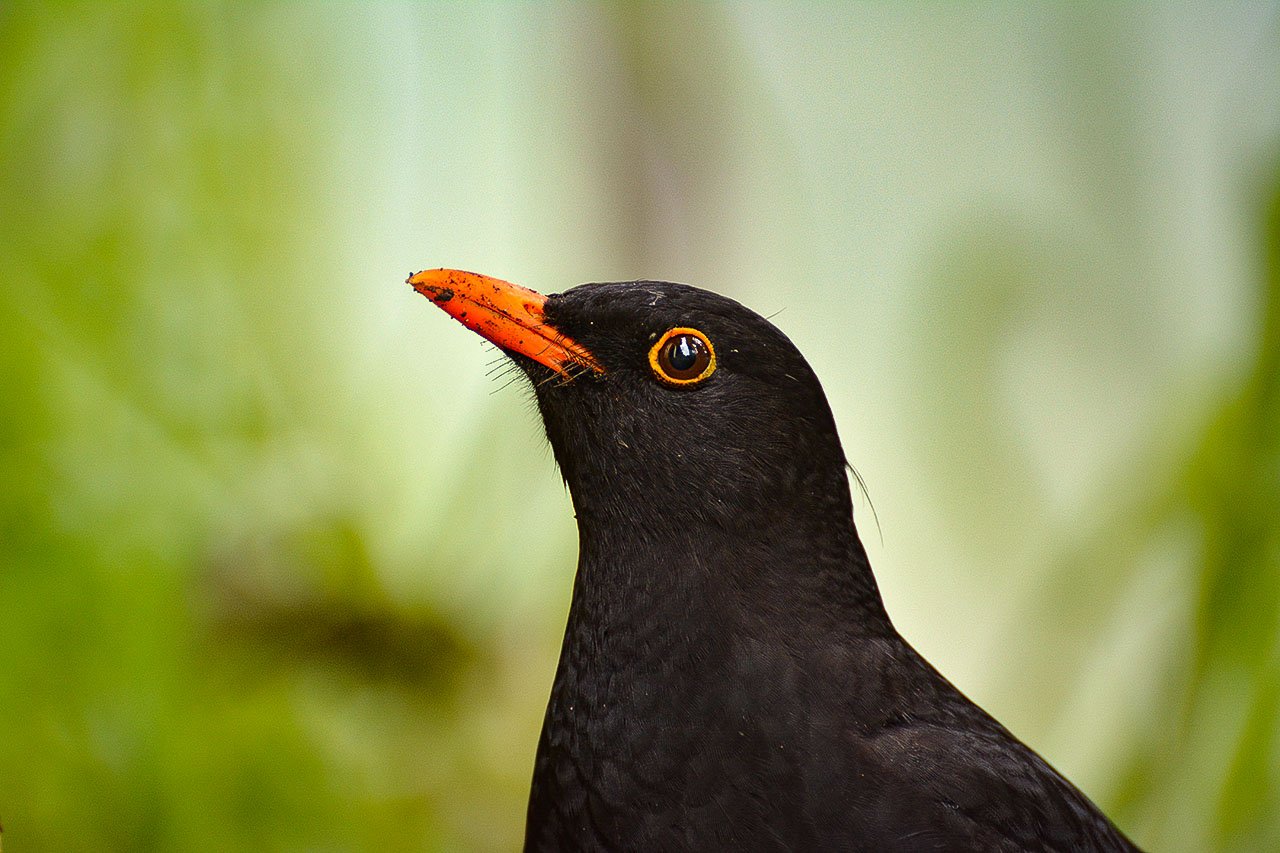
North Island Brown Kiwi
The kiwi is a special and quirky bird: it is flightless, has spikey hair-like feathers, digs burrows with its strong legs, and is active mostly at night. Kiwi are unique to New Zealand and are found nowhere else in the world! Kiwi spend their entire life on the ground foraging around the forest floor; they have plump rounded bodies with no tails and adults can weigh around 2kg or more. The kiwi’s strong sense of smell and its long bill mean it can easily hunt out worms and other invertebrates hiding in the ground. The kiwi is the national icon of New Zealand Aotearoa and New Zealanders are often called ‘kiwis’ both at home and overseas.
Brown kiwi (Apteryx mantelli)
New Zealand is home to five different kiwi species: brown kiwi, rowi, tokoeka, great spotted, and little spotted. The kiwi we have here in Whakatāne are brown kiwi (Apteryx mantelli). All brown kiwi live on the North Island of New Zealand. While the brown kiwi is one of the most abundant kiwi species (Kiwis for Kiwi) estimates the brown kiwi population at 24,550 in 2015), kiwi numbers in unmanaged areas are declining quickly. The Department of Conservation classifies the brown kiwi as ‘threatened: nationally vulnerable’ and the IUCN Red List lists brown kiwi as ‘vulnerable.’
Interesting brown kiwi info:
They can live up to 50 years.
The females lay the eggs but it is the males who sit on (or incubate) the eggs in the burrow.
The female kiwi lays eggs that are about one-fifth of her own body weight! She can lay up to 100 eggs in her lifetime.
They sleep during the day in dark places such as burrows, under vegetation like ponga (tree fern) fronds, or even under tree roots.
Chicks come out of the egg as miniature adults and are not fed by their parents.
Juvenile kiwi will wander alone through the bush until they find a mate and territory. This can sometimes take years.
Where do they live?
Kiwi live in indigenous forest, shrub lands, exotic forests and rough farmlands. Kiwi are territorial, with each territory ‘owned’ by a male kiwi and his female mate; they are feisty and often aggressive toward unwanted intruders, fighting off invaders with their claws and growling. Male kiwi will call out at the edges of their territories to make sure other males know to stay away.
In Whakatāne kiwi live in all three of the reserves next to our urban area: Ōhope Scenic Reserve, Kohi Point Scenic Reserve, and Mokorua Scenic Reserve. There is also a small population on Moutohorā (Whale Island) just off shore from town. Indeed, Whakatāne kiwi live so close to our town that they are occasionally spotted in people’s backyards or crossing our walking tracks in the early hours of the morning.
What do they eat?
Kiwi are omnivorous, meaning they eat a variety of plants and animals. Using its long bill, a kiwi will probe the ground for insects, worms, spiders, grubs and berries. Kiwi have an exceptional sense of smell and can detect their food through leaf litter, rotting logs and soft soil. As kiwi are nocturnal (active during the night), they hunt in the dark and often travel one to two kilometres every night in search of food.
Breeding
Kiwi tend to mate for life, which may be up to 40 years. The female is 20 to 30 percent bigger than the male and will lay eggs for the male to incubate. The male is also tasked with preparing the nesting burrow. He will use his strong legs and claws to dig a hole in the earth of a bank or slope, and then line it with a selection of soft leaves, grass and moss, finishing it off with a final layer of feathers. In an attempt to camouflage the burrow from intruders and provide insulation against the cold, kiwi will often build leaves and sticks across the entrance to the nest.
Whakarongo mai – hear the call
One of the simplest ways to locate kiwi is to listen for their calls. Kiwi call at night to mark their territory and stay in touch with their mate. On still nights their distinctive, piercing calls can travel more than one kilometre.
The male North Island brown kiwi call is an upward shrill, single note, repeated about 15-20 times. The female is a lower-pitched, coarse rasping cry, also repeated about 15-20 times.
Male kiwi calls can easily be confused with morepork (ruru), pukeko and other nocturnal animals, but the morepork call is usually lower in tone and only repeated seven to 10 times.
The best time to listen for kiwi is up to two hours after dark and just before dawn.
Want to hear what kiwi sound like?
Threats to Kiwi
Kiwi are vulnerable to predators such as stoats, ferrets, weasels, rats, possums, cats and dogs. Kiwi are also at risk of being hit by vehicles as they cross the road and fall prey to possum traps set on the ground.
In most unmanaged areas, almost all kiwi chicks are killed within the first six months of hatching and most of those are killed by stoats. The feisty nature of an adult kiwi, combined with its size, strong legs and sharp claws mean it is more likely to fend off most mustelids (stoats and weasels) but wouldn’t survive a dog attack.
The main cause of death to adult kiwi is dogs. Kiwi smell irresistible to them, and even a well-trained dog can kill kiwi. Kiwi aversion training is one of the ways we can help kiwi have a chance against dogs. Both feral and domestic cats are also a big threat.
Kiwi Neighbours
North Island Robin Translocation
The North Island robin (toutouwai) is a bold, curious and trusting bird, often coming to within a couple of metres of people and has even been known to perch on a person’s boot!
Adult robins stand upright at about 18cm tall and range from pale to dark grey. The males, especially bachelors, are songbirds and produce a beautifully clear tune that resonates throughout the forest. The North Island robin is a territorial species, with males in particular inhabiting the same patch of forest – of one to five hectares – throughout their lives.
This species is only found in the North Island of New Zealand and has a status of ‘totally protected’. They were once widespread, but due to predation population numbers dwindled. As ground feeders, eating worms, larvae and insects, they are especially vulnerable to predators such as rats, possums, mustelids (stoats, weasels and ferrets), cats and hedgehogs.
The success of the pest control programme in the Ōhope Scenic Reserve along with a small remnant population of robins meant that it was an ideal location to establish a robust robin population.
As we now have an established robin population, we no longer require the public to report sightings.

